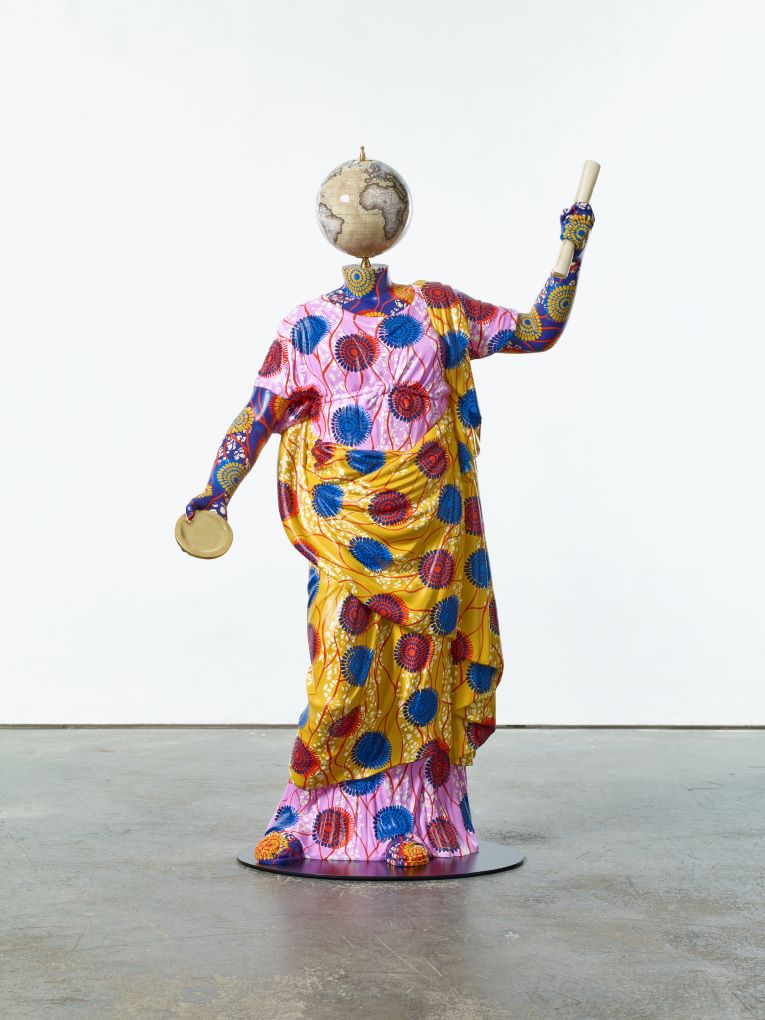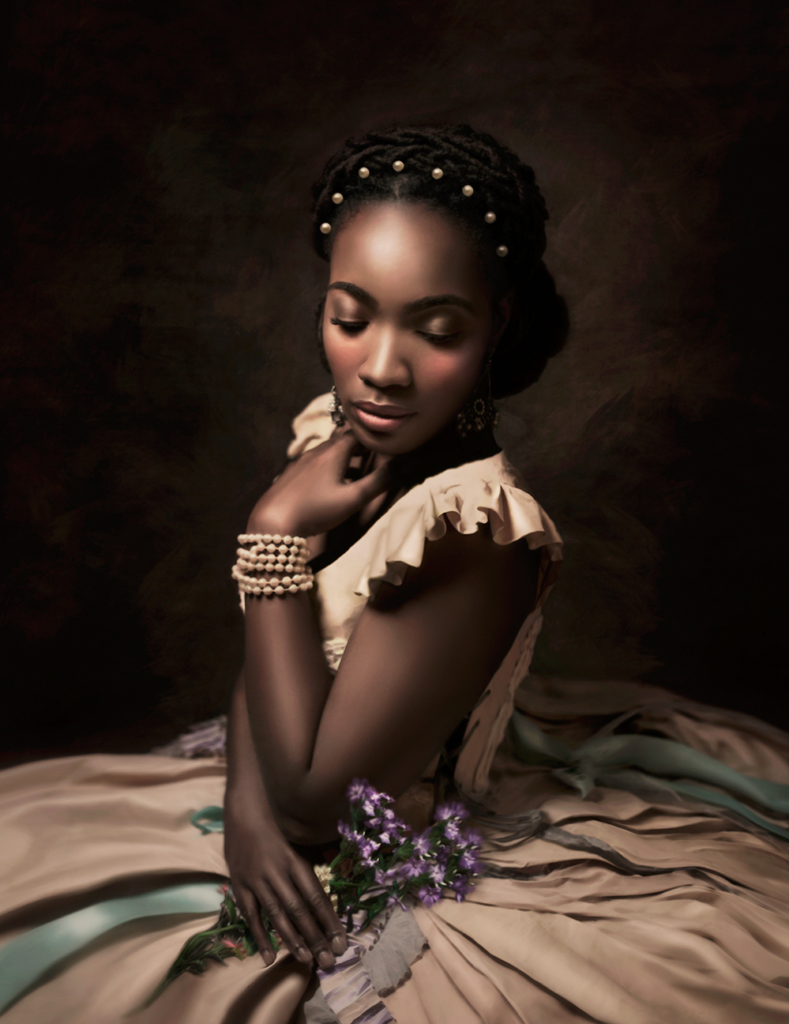The African Generational Trauma
written by art historian & curator
The African people have endured centuries of colonization and racial discrimination. The enslavement treatment of local communities by the Western world and the displacement from their homeland resulted in profound intergenerational trauma. The cultural wounds passed down from one generation to another due to historical oppression. Trauma transference across generations can manifest in psychological distress, cultural disconnection, and socio-economic disparities. One must recognize that generational trauma is not an inherent flaw but a consequence of systemic structures perpetuating inequality and discrimination.
Join our free online talks:
Generational trauma has profoundly impacted African communities, influencing their collective memory, cultural practices, and individual well-being. The trauma experienced by ancestors reverberates through subsequent generations, shaping their identity, perception of self, and relationship with the world. The legacy of colonialism and ongoing racial oppression has left lasting scars on the psyche of African people. The past experiences led to marginalization, internalized racism, and disadvantages for entire communities of Black people, issues that have profoundly altered their social and human perceptions of them.

In recent years, artists have emerged as powerful agents of healing, empowerment, and social change, using their craft to address the generational trauma experienced by African communities. Their creative expressions challenge dominant narratives and provide spaces for dialogue and reflection. Artists can visually represent historical events and experiences that have contributed to generational trauma. By creating visual narratives, African artists can offer alternative perspectives and challenge dominant historical narratives that have often marginalized African voices. Through their art, they can shed light on forgotten histories, amplify marginalized voices, and provide a platform for the healing and recognition of generational trauma. Artistic exhibitions, galleries, and cultural institutions can become safe spaces for individuals and communities to engage with art that addresses generational trauma. These spaces foster dialogue, empathy, and understanding, creating environments where people can connect with others who have shared experiences and find solace in collective healing. Exhibitions and installations specifically curated to explore themes of trauma and healing can offer transformative experiences and encourage emotional release.
The Story Behind the Trauma
The generational trauma experienced by African people can be traced back to the onset of the transatlantic slave trade, which began in the 15th century. This historical episode, which spanned several centuries, stands as a dark chapter in the story of the African people. European powers sought to exploit Africa’s human and natural resources for economic gain. African individuals and communities were subjected to violent raids, kidnapping, and forced labor. Millions of Black communities were forcibly captured, transported, and enslaved in the Americas and Europe. This horrific system of bondage not only stripped individuals of their freedom and humanity but also tore apart families. With the abolition of slavery in the 19th century, the generational trauma of African people did not suddenly disappear. The legacy of slavery continued to shape the lives of African communities through the enduring effects of racism and discrimination. The trauma was perpetuated by segregationist policies, racial violence, and political disadvantages that persisted long after slavery formally ended.

The era of colonization in Africa, which began in the late 19th century and continued into the 20th century, added another layer of trauma to the African experience. European powers imposed artificial boards and partitioned Africa, exploiting local resources, undermining indigenous cultures, and enforcing racial hierarchy and segregation systems. The trauma of colonization, including violence, cultural erasure, and economic exploitation, further contributed to the generational trauma experienced by African people.
Even after the formal end of colonial rule, the effects of generational trauma continue to exist in the lives of African people. Independence movements brought hope for self-determination but racism and discrimination persist, with African communities facing barriers in education, healthcare, employment, and social advancement. The trauma of historical injustices continues to impact African mental health and relationships by perpetuating cycles of poverty and inequality. Generational trauma manifests in persistent socio-economic disparities, the marginalization of cultural traditions, and the internalized racism that affects individuals’ self-perception.
The journey toward healing requires acknowledging and addressing generational trauma. African individuals and communities are engaging in conversations, movements, and artistic expressions that confront the wounds of the past and promote healing. Artists, activists, scholars, and community leaders are working tirelessly to dismantle systemic barriers, challenge stereotypes, and promote narratives that acknowledge the strength, beauty, and contributions of African people.
”Rewriting History” by Haitian artist Fabiola Jean-Louis
The “Rewriting History” series by Fabiola Jean Louis is a captivating body of work that delves into the themes of generational trauma and the experiences of African people abroad. Through her art, Jean-Louis brings to the forefront the often marginalized perspectives of African and African-American communities. She invites us to consider the enduring effects of historical injustices and the power of representation in shaping our understanding of history.
The series consists of photographs and sculptural paper constructions. Jean-Louis reimagines iconic scenes from European art history, juxtaposing them with elements of African and African-American culture. She skilfully combines historical references, such as classical European paintings, with contemporary fashion, textiles, and symbolism, creating a visual dialogue that subverts traditional narratives and disrupts established power dynamics.
The series serves as a powerful commentary on the erasure and marginalization of African people in historical records. By placing African and African-American figures in positions of authority within the reimagined scenes, Jean-Louis challenges the notion that history has predominantly been written and portrayed through a Eurocentric lens. Through her work, she invites viewers to question the situation of women of color and re-imagine alternative narratives that can shape differently our understanding of the past.
Jean-Louis incorporates symbolism and visual cues to evoke the weight of historical injustices and their lingering effects. She celebrates the resilience and strength of African cultures. At the same time, the artist seeks to reclaim and reframe the historical narratives that have often perpetuated stereotypes and dehumanization.

Jean-Louis’s “Rewriting History” series is one beautiful and provoking artwork with meticulously crafted paper gowns, ghostly-like Polaroid photography, and female portraits that explore the profound impact of historical legacies, the resilience of communities, and the potential for art to create space for empowerment.
”Gone” by Kara Walker
Kara Elisabeth Walker is an American contemporary artist renowned for her powerful and provocative installations, drawings, and silhouettes that confront the history of slavery and its enduring effects. Her work explores the complexities of race, power, and sexuality, exposing the traumatic legacies of the past. By visually reimagining and critiquing the narrative of slavery, Walker invites viewers to confront uncomfortable truths and engage in critical dialogue.
”Gone, An Historical Romance of a Civil War as It Occurred Between the Dusky Thighs of One Young Negress and Her Heart” (1994) consists of large-scale, black-and-white silhouette installations that depict scenes from the antebellum South, often featuring African American figures engaged in various acts of violence, submission, or desire. By employing the visual language of 19th-century silhouette art, a popular form during the time of slavery, Walker plays with the tension between the aesthetic beauty of her work and the disturbing subject matter, forcing viewers to grapple with the contradictions and complexities of the history she depicts. One of the key reasons why the “Gone” series is significant is its ability to confront and disrupt traditional narratives surrounding slavery. Walker subverts romanticized depictions of the antebellum era by presenting disturbing scenes of slavery.

The series also serves as a commentary on the power dynamics inherent in racial stereotypes. Walker intentionally uses exaggerated and caricatured representations of Black figures, often drawn from historical racist imagery, to expose the dehumanizing portrayals that have shaped perceptions of Black people throughout history. By presenting these stereotypes in her work, she forces viewers to confront the destructive legacy of racism and to question how such stereotypes continue to persist and impact society today. The “Gone” series also stands out for its innovative use of medium and scale. Walker’s choice to create large-scale installations immerses viewers in her work, surrounding them with life-size or larger-than-life figures and scenes. This immersive experience intensifies the emotional impact and allows viewers to engage in the traumas depicted viscerally.
Contemporary art plays a vital role in healing generational trauma by providing platforms for expression, validation, and dialogue. Through its ability to challenge narratives, create safe spaces, promote reflection and empathy, empower individuals and communities, and engage in social activism, contemporary art contributes to the ongoing healing and transformation of individuals, communities, and society as a whole.
GET MORE FROM LEVEL



Leave a Reply